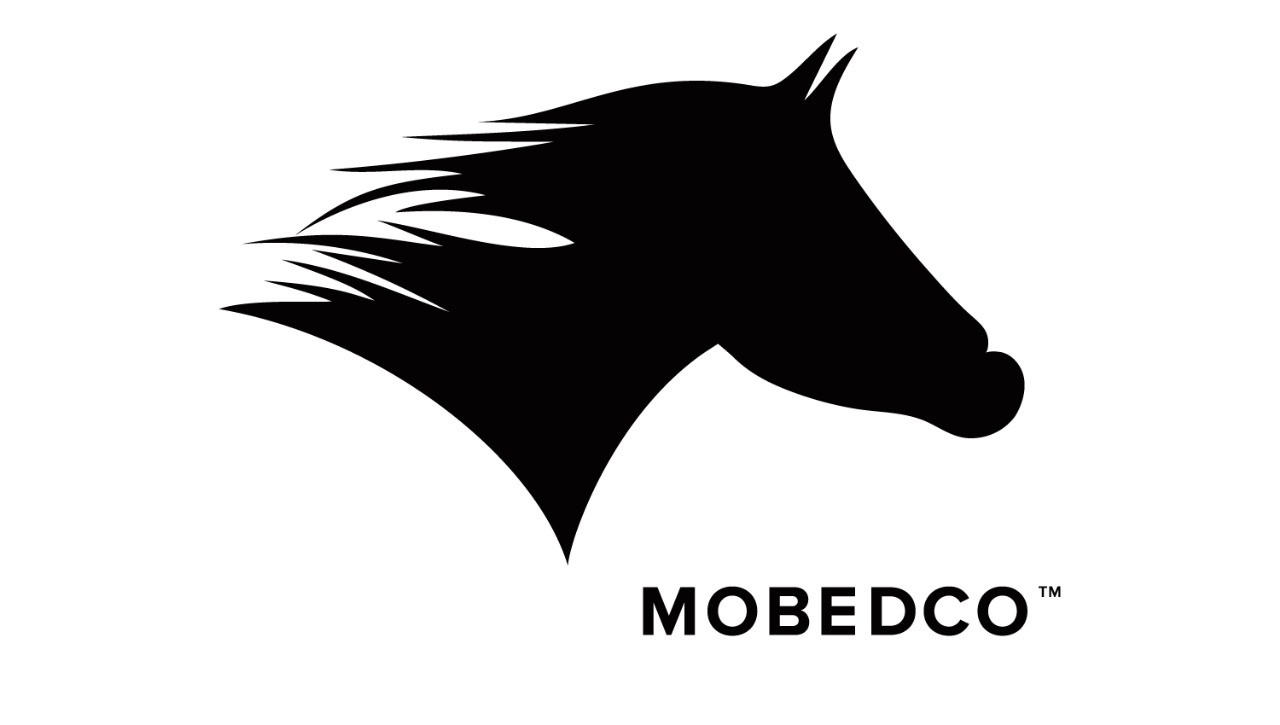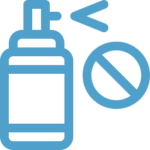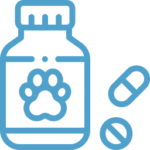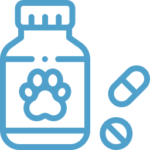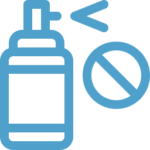The first several weeks of lactation represent the highest-risk period in their lives after their own neonatal period. Although more than 50% of cows during this period are estimated to suffer from at least one subclinical disorder, the complicated admixture of normal adaptations to lactation, infectious challenges, and metabolic disorders has made it difficult to determine which physiological processes are adaptive and which are pathological during this time. Subacute inflammation, a condition that has been well-documented in obesity, has been a subject of great interest among dairy cattle physiologists in the past decade. Many studies have now clearly shown that essentially all cows experience some degree of systemic inflammation in the several days after parturition. The magnitude and likely persistence of the inflammatory state varies widely among cows, and several studies have linked the degree of postpartum inflammation to increased disease risk and decreased whole-lactation milk production. In addition to these associations, enhancing postpartum inflammation with repeated subacute administration of cytokines has impaired productivity and markers of health, whereas targeted use of nonsteroidal anti-inflammatory drugs during this window of time has enhanced whole-lactation productivity in several studies. Despite these findings, many questions remain about postpartum inflammation, including which organs are key initiators of this state and what signaling molecules are responsible for systemic and tissue-specific inflammatory states. Continued in vivo work should help clarify the degree to which mild postpartum inflammation is adaptive and whether the targeted use of anti-inflammatory drugs or nutrients can improve the health and productivity of dairy cows.
Salicylic acids (extracts of willow bark) have been utilized for therapeutic purposes for almost 2,000 yr, but the mechanisms underlying their anti-inflammatory effects continue to be revealed. Salicylate, at concentrations below 1 mM (Hawley et al., 2012), works primarily by inhibiting IKK-β activity, preventing phosphorylation and cleavage of IκB, thereby allowing this protein to keep NF-κB sequestered in the cytosol to prevent inflammatory transcriptional activity (Kopp and Ghosh, 1994; Pierce et al., 1996). Most other NSAIDs, in contrast, directly inhibit cyclooxygenase activity (Tegeder et al., 2001) and do not necessarily induce the same metabolic effects as salicylate (Yuan et al., 2001).
The pharmacology of SS and acetylsalicylic acid (aspirin) are relatively well described in cattle and these NSAIDs have a serum half-life of approximately 30 min (Gingerich et al., 1975; Coetzee et al., 2007). Despite rapid clearance, multiple studies have demonstrated that early-lactation administration of salicylates can improve long-term milk yield responses. In an initial study, Bertoni et al. (2004) administered aspirin or a placebo to 11 cows/treatment for the first 5 d postpartum and monitored milk production through d 126 of lactation. Peak milk yield tended to increase with aspirin treatment. The same group subsequently conducted a similar study with 23 cows/treatment and found that aspirin treatment during the first 5 d of lactation increased milk yield through d 60 of lactation, with a 13% increase in peak milk yield (Trevisi and Bertoni, 2008). These studies were the first to demonstrate the potential for anti-inflammatory treatments to increase milk yield for a sustained period.
We recently reported results from a study with 78 Holstein cows assigned to control or SS treatment 12 to 36 h after calving continuing through d 7 of lactation (Farney et al., 2013a). Salicylate was delivered in drinking water, providing 123 ± 6 g/cow daily. Milk production was unaffected during the week of SS treatment, but by wk 3 of lactation, SS-treated cows produced significantly more milk fat than controls. To gain insight into sustained responses to treatment, we used DHIA records to quantify 305-d yields of milk and milk components. Milk yield was 2,470 kg greater over the lactation in parity 3+ SS cows compared with controls (21% increase), although milk yield tended to decrease by 8% in primiparous cows treated with SS. Furthermore, parity 3+ SS cows produced 30% more milk fat over the lactation and tended to produce 14% more protein than controls in this parity group.

